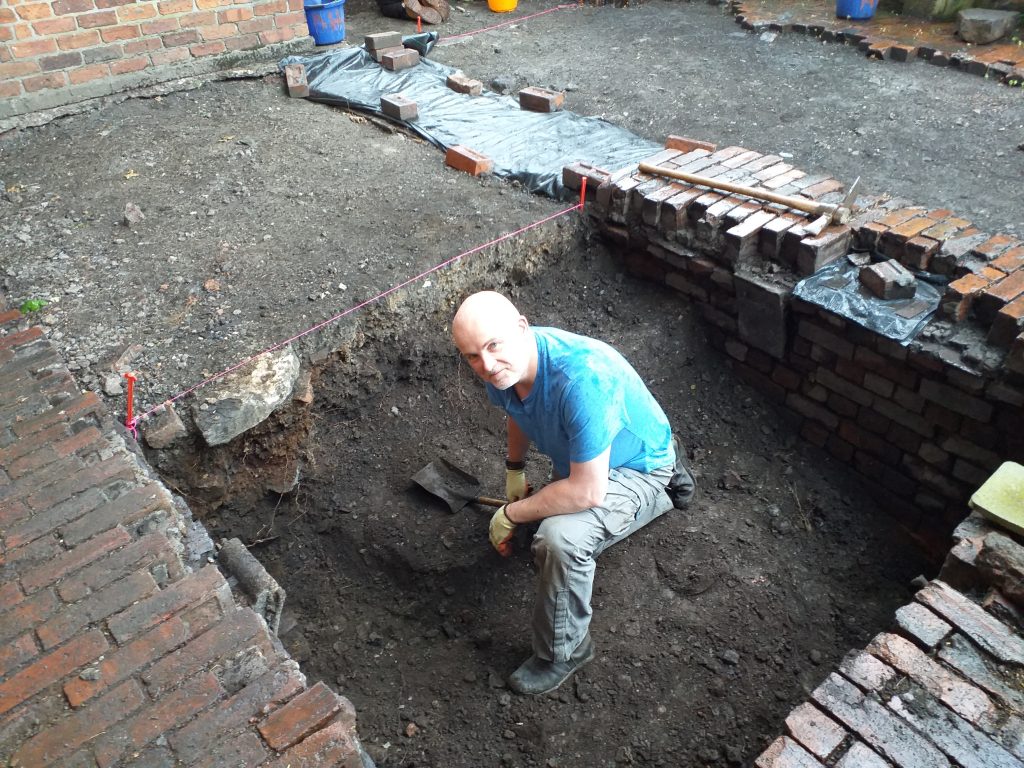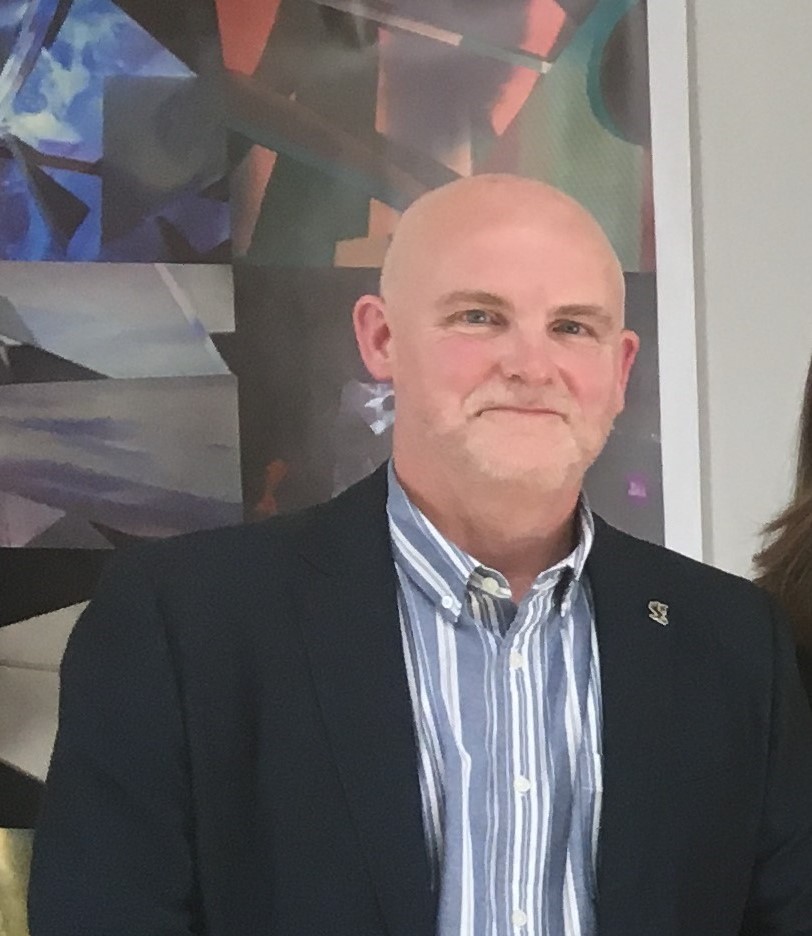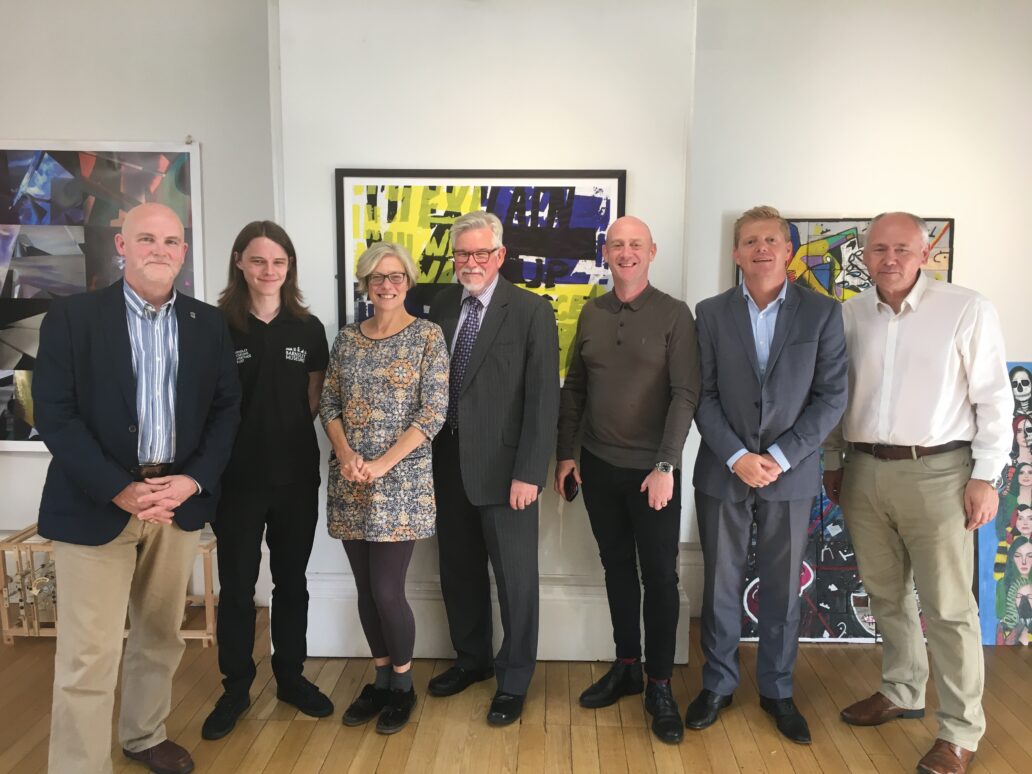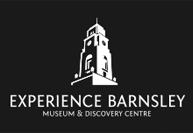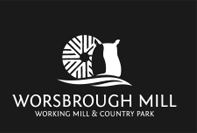Get To Know The Trustees: John Hamshere
6th November 2019
What is your role as a BMHT Trustee?
Given my background in securing grants for the museums I used to run, I tend to work most often with the BMHT fundraiser, Cath Longley, who writes the grant applications for the Trust. However, being a trustee for me is to be an ambassador for Barnsley’s heritage sites, promoting and advocating their work and significance at every opportunity.
Tell us a little bit about you.
I have a degree in History from Lancaster University and a Masters in Industrial Archaeology from Birmingham University, studying at Ironbridge Gorge Museum. My first museum job was with Tyne & Wear Museums based at the Museum of Science & Engineering in Newcastle in 1985. I became a curator of mining and marine engineering. However, I moved into management in 1989, running a varied museums and heritage service for Allerdale Borough Council, based in Workington in Cumbria. I am married to Pamela who is a teacher and have two grown-up sons. I retired in June 2017 and I joined BMHT in December 2015.
How long have you lived in Barnsley?
I live close to Barnsley, in Ecclesfield. I moved there in September 1994 to take up a new job running the industrial museums in Sheffield. Visits to Cannon Hall have been part of my children’s growing up, as have walks around Worsbrough Mill. I have been a regular visitor to Elsecar Heritage Centre from the moment it opened, first with my two lads and then for the antiques and events, but most of all I am an industrial archaeologist at heart and the Newcomen Engine is a particular private passion.
Why are you involved in BMHT?
My interest in becoming a Trustee came from twenty years of engagement in both my professional and personal life with the sites and the stories that Barnsley Museums include and represents. I was also very interested in how this model of a ‘trust’ organisation would work given that for 23 years I was the CEO of Sheffield Industrial Museums Trust (SIMT), which is a different sort of museums trust. I was responsible for Kelham Island Museum, Abbeydale Industrial Hamlet and Shepherd Wheel. I wanted to play a part in making this new Barnsley Museums & Heritage Trust successful and taking the excellent Barnsley sites forward during these difficult times. In a way, it continues what I came to South Yorkshire for, which was to lead a new trust set up to save the industrial heritage of Sheffield from closure and in particular save the River Don Engine at Kelham. I first saw it in steam when I was doing my postgraduate study and was mesmerised by its awesome power. I was determined that it should stay in steam during my watch and I finished my time with SIMT in securing another chunk of lottery funding to buy a brand new boiler so that the Engine could stay in steam for another 40 years, so I retired a happy man!
What is important to you about Barnsley’s museums?: I have been involved professionally with staff of Barnsley Museums over many years, through the regional organisations, through attending meetings, openings and events at all of the sites. When I applied to be a Trustee it had long been my view that Barnsley has one of the most vibrant and well-run groups of museums and heritage sites in the region. The strategic vision behind the way a series of HLF bids, and other bids, have been put together in a defined sequence has ensured that they all have the best chance of success.
It is an interesting mix of sites which tell the story of industrial and social development of the area in a comprehensive way: from early technology at Elsecar with the Newcomen Engine and water power at Worsbrough Mill; to great houses represented by Cannon Hall; to the people’s story in Experience Barnsley; and great art at the Cooper Gallery. However, the most important single item to me is, of course, the Newcomen Engine. I knew about the Engine but my continuing interest was secured when I attended a seminar at Elsecar some twenty years ago to consider the future conservation and preservation of the engine which at the time was uncertain.
When I first came across BMHT, I was impressed by the vision and strategic thinking, which increased my interest in the group of museums and heritage sites. One of my last actions with the Heritage Lottery Fund before I retired from the Committee in 2012, was to speak in favour of the restored Newcomen Engine HLF bid. It was a pleasure to later be involved in such a significant project and exciting to witness the research revealing a forgotten story of the incredibly important place of Elsecar in the industrial revolution and emergence as the world’s first industrial nation. In the last couple of years, I have been equally delighted to be a member of the Project Board of the Heritage Action Zone funded by Historic England, which has taken the research into the story of Elsecar even further. Indeed a few weeks ago for the first time in 35 years I was able to take part in an actual archaeological dig investigating the site of the boilers behind the Newcomen Engine and I was pleased that my knees and back stood up to it!
